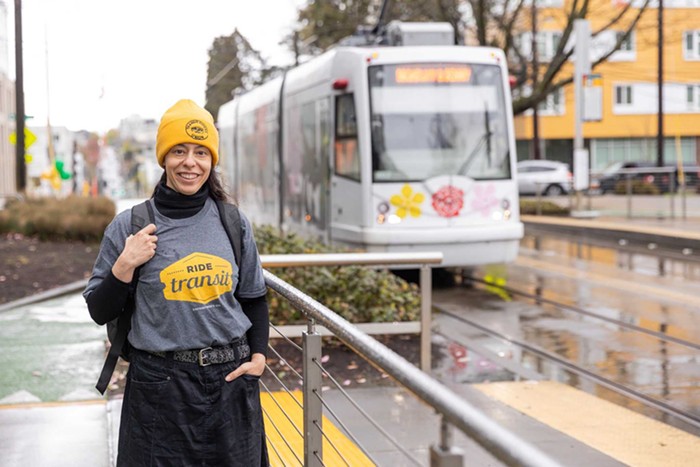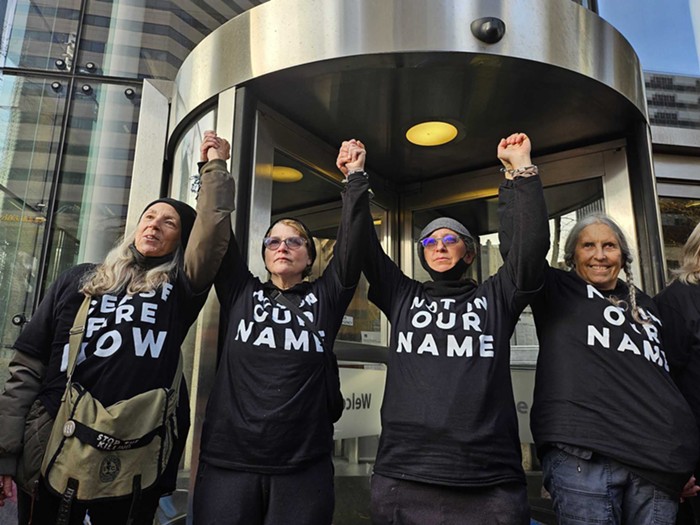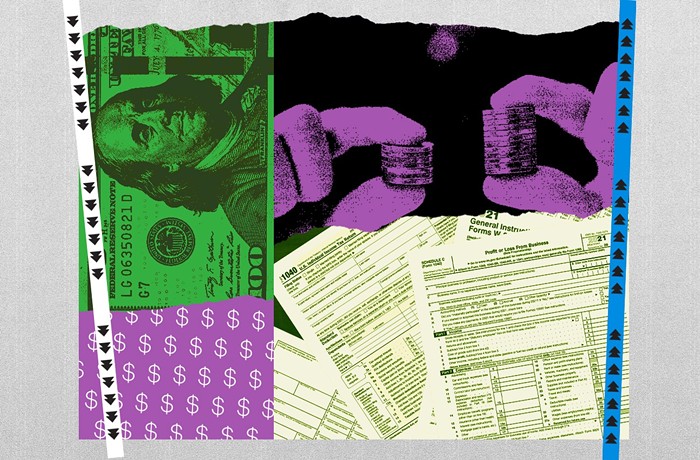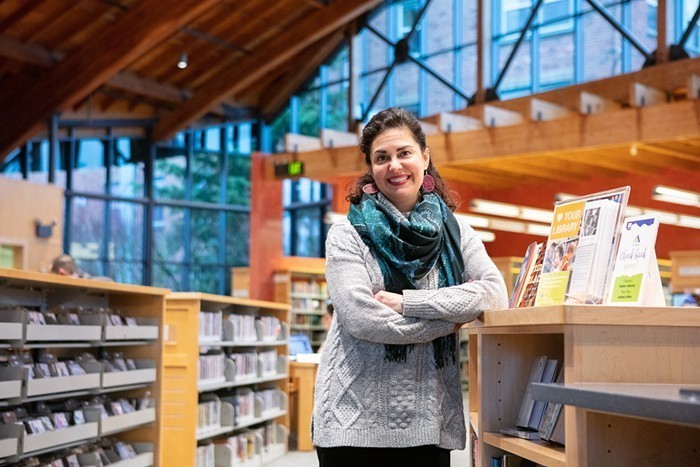The suggestions ranged from the modest (make sure the viaduct replacement plan doesn't strangle transit, the concern of King County Metro) to the (relatively) radical (tear down the viaduct and replace it with a series of improvements to surface streets downtown, the suggestion of the lefty PWC).
Council transportation chair Richard Conlin, who organized the meeting, has said he's "leaning toward" asking WSDOT to include the PWC plan among its five concrete-heavy proposals. The forum marked the first time the PWC plan, based largely on a still-unreleased city study called the Central City Access Strategy, has been given equal footing with more mainstream proposals such as Metro's.
The no-highway alternative's newly mainstream status could stem, in part, from growing pressure on the city to publish its central city strategy, which was supposed to be released in April. The strategy initially included a plan to tear the viaduct down completely and replace it with surface improvements--a proposal virtually identical to the PWC plan. In early presentations of the strategy, dating from October 2003 to this past March, the viaduct is shown "reconstruct[ed] as a four-lane urban street that provides multiple access points into downtown." In versions dating from April and later, the four-lane viaduct replacement is conspicuously absent.
Despite their differences, the panelists all agreed on one thing: WSDOT should expand its environmental impact statement (EIS) to include some less road-intensive options, such as the PWC no-replacement plan. "All of the EIS options present a sea of concrete on the surface," said Puget Sound Regional Council rep Norman Abbott. Even the so-called tunnel option, scaled back from an earlier $11-14 billion proposal, would involve widening Alaskan Way on the surface. And that option, contrary to common belief, would only tunnel the viaduct from Pioneer Square to Pike Place Market, emerging at Victor Steinbrueck Park--the centerpiece of the very central waterfront that advocates say they want to save. (Also contrary to common belief, the viaduct only carries about 4,000 freight trucks a day--a statistic that belies highway proponents' claim that tearing down the roadway would decimate Seattle-area industry.)
Surprisingly, nearly all the insiders--from fusty status quo protector Jim Compton to former freeway fighter Jean Godden--agreed with the panel. "I don't support this [no-highway option], but boy, do I sure think it should be on the table," Compton said. Similarly, Richard McIver, no transportation radical, saw something to like in the PWC's highway-free proposal, of which he asked rhetorically, "But if we could solve the [traffic] problem during construction without the viaduct, why would we need to do anything else?"
The PWC's Cary Moon, who has spent the past several months trying to convince viaduct planners to consider her group's sensible, relatively inexpensive viaduct alternative, says she was "floored" by the council's willingness to consider the PWC's proposal. "It's amazing to watch people move to the point [of saying], 'This is a terrible waste of money. If there's a simpler way, we should at least consider it.'"
City transportation planners say they are still hard at work on the four-lane plan, and should have the results soon, possibly later this month. But that could be too late for WSDOT to do a supplemental environmental impact statement, the next step toward considering any new alternatives. And there are other hurdles: Because WSDOT requires that all viaduct proposals maintain or increase car capacity along the existing Alaskan Way corridor, any option that doesn't include a new highway is probably off the table.


















